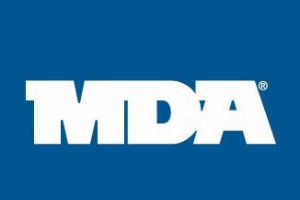Fewer than half of church-going Americans realize their house of worship offers official membership, according to a new study. One-third believe their church does not offer any sort of official membership, 19 percent said they weren’t sure, and 48 percent believe their church offers official membership.
Ron Sellers, president of Grey Matter Research and Consulting in Phoenix, Ariz., which conducted the study, said that in those churches where membership is an active process, members might donate more.
“If membership is a proactive step an individual takes, logically that signals a greater level of commitment to the organization. The more committed you are, the more likely you’ll put your time and treasure to the organization,” Sellers said. “If you’re a member because you were baptized and you don’t go to the church, it’s essentially meaningless to you and to the organization,” he said.
Sister Georgette Lehmuth of the National Catholic Development Conference cited Russ Reid Company’s 2010 “Heart of the Donor” survey that found active Catholic donors gave more money and to more organizations than any other group. Official membership in the Catholic Church entails registering with a local parish, and “probably most of the folks who register are active Catholics,” she said.
Sellers couldn’t say definitively how getting more official church members might affect fundraising, because membership “varies so much.” There is no standard definition for membership. For some churches and denominations, it is an active process carrying requirements and responsibilities; for others, names remain on the rolls from baptism, regardless of whether a member actively attends that church. “Therein lies part of the problem,” said Sellers. “Official membership is not considered to be a sacrament that most churches recognize. It’s a little bit more of a church governance issue.”
Benefits of membership, too, are defined differently from church to church and even among denomination. For some, only active members can vote on church matters and expenditures. For others, it’s simply a way to show solidarity.
Many denominations use their membership counts to determine the size of their congregation, but if fewer than half of church-goers believe their church offers official membership, those head counts might be off. “Membership stats can be very skewed,” said Sellers. “You can see what the gap could be. If one church talks about total membership, one reports active membership and one reports level of attendance, you’re measuring three different things.”
The 10 largest Christian denominations in the United States all offer some sort of official membership, but only 44 percent of people belonging to those faiths knew that. About 39 percent believe their church doesn’t offer membership, and 19 percent are not sure.
Those with evangelical beliefs were most likely to believe their church offers membership, with 72 percent responding in the affirmative. Americans age 65 and older are more likely than younger parishioners to believe their church offers membership, at 59 percent. Members of the Roman Catholic faith were the least likely to think their church has membership at 33 percent while more than half (52 percent) did not.
Among the original 48 percent who believe their church offers membership, 78 percent said they are members, with 21 percent saying they attend the church but are not members. That translates to 37 percent in total who claim to be official members of their church and 10 percent who say they are non-members.










